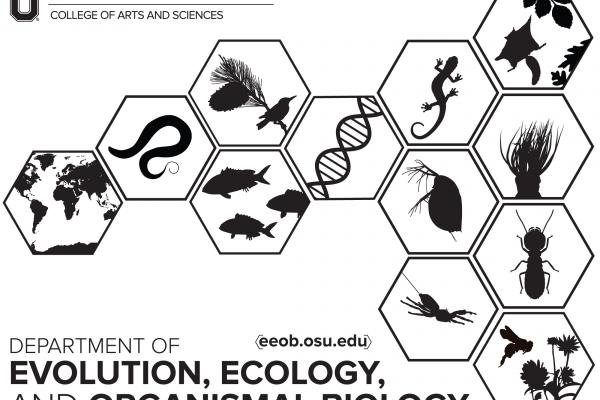August 27, 2018
Publications by EEOB faculty August 1 - August 31

Co‐producing research in the “Red Zone”: Adaptation to fieldwork constraints with a transdisciplinary approach
Sarah Laborde, Sui Chian Phang, Mouadjamou Ahmadou, Nathaniel Henry Alfonso Fernández, Michael Durand, Ian M. Hamilton, Saïdou Kari. 2018. The Geographical Journal. https://doi.org/10.1111/geoj.12264
Abstract
Fieldwork rarely goes to plan. In geography, anthropology, earth sciences and other research activities that rely on field data, trade‐offs are required between planning and execution. This article addresses the adaptation of research projects to changing fieldwork conditions. It is based on a case study of interdisciplinary and international “Coupled Human and Natural Systems” research situated in the Far North of Cameroon. The research project underwent drastic changes because of escalating insecurity in the field site, caused by Boko Haram, a terrorist group active in north‐east Nigeria and neighbouring regions. We use network analysis to show that our research team became larger, more connected and less clustered to accommodate for the changes in fieldwork accessibility. This process of adaptation led our research team towards tighter interdisciplinary collaboration, the co‐production of research between academic scientists with little or no local field experience and non‐academic practitioners with field knowledge, and a better dissemination of research outcomes through stronger partnerships with local organisations – overall, an increasingly transdisciplinary research pathway. Based on this case study, we discuss features of adaptive research projects facing high‐uncertainty field conditions, which is an increasingly relevant issue for many researchers, for example those working in parts of the Sahel or Middle East.
Response to Comment on “Genomic signals of selection predict climate-driven population declines in a migratory bird”
Rachael A. Bay, Ryan J. Harrigan, Wolfgang Buermann, Vinh Le Underwood, H. Lisle Gibbs, Thomas B. Smith, Kristen Ruegg.2018. Science 361(6401). DOI: 10.1126/science.aat7956
Abstract
Fitzpatrick et al. discuss issues that they had with analyses and interpretation in our recent manuscript on genomic correlates of climate in yellow warblers. We provide evidence that our findings would not change with different analysis and maintain that our study represents a promising direction for integrating the potential for climate adaptation as one of many tools in conservation management.
High-turbidity events in Western Lake Erie during ice-free cycles: Contributions of river-loaded vs. resuspended sediments
Qianru Niu, Meng Xia, Stuart A. Ludsin, Philip Y. Chu, Doran M. Mason, Edward S. Rutherford. 2018. Limnol. Oceanogr. 00, 1–18. doi: 10.1002/lno.10959
